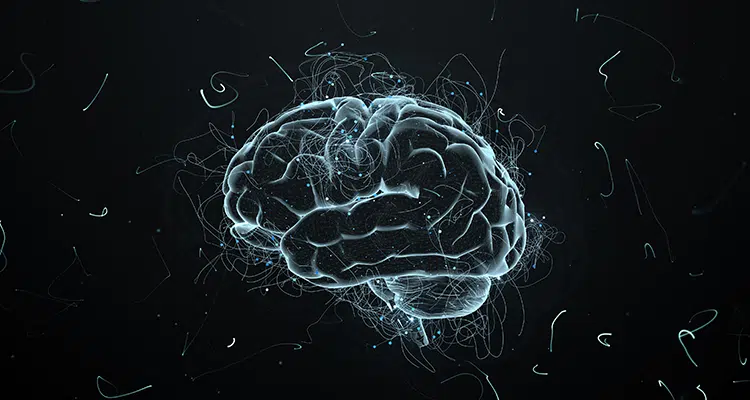Introduction:
OCD Pathophysiology refers to the underlying biological mechanisms that contribute to the development and symptoms of Obsessive-Compulsive Disorder (OCD). OCD is a chronic mental health condition characterized by unwanted, repetitive thoughts (obsessions) and behaviors (compulsions) that individuals feel compelled to perform. Understanding the pathophysiology of OCD is essential for developing effective treatment strategies. In this blog post, we will explore five key insights into OCD pathophysiology.
For those seeking Best OCD Treatment, consider visiting:

1. Brain Circuitry and OCD Pathophysiology
The pathophysiology of OCD is closely linked to specific brain circuits, particularly those involving the orbitofrontal cortex, anterior cingulate cortex, and the basal ganglia. Research has demonstrated that individuals with OCD often show abnormalities in these regions, which are responsible for regulating behavior and decision-making. Hyperactivity in these circuits can lead to the repetitive thoughts and actions characteristic of OCD.
According to studies conducted by the National Institute of Mental Health (NIMH), dysfunction in these brain areas contributes to the inability to suppress intrusive thoughts, which then manifest as compulsions to reduce anxiety.
2. Neurochemical Imbalances in OCD Pathophysiology
Another important aspect of OCD pathophysiology is the role of neurotransmitters. Neurotransmitters such as serotonin, dopamine, and glutamate play a significant role in regulating mood, thought processes, and behaviors. In individuals with OCD, imbalances in these neurotransmitters, particularly serotonin, are thought to contribute to the development of obsessive-compulsive symptoms.
Neurochemical dysregulation affects how brain cells communicate, and the overactive signaling in specific pathways can result in the anxiety-driven behaviors common in OCD. Several clinical studies indicate that targeting neurotransmitter systems, especially serotonin pathways, can help mitigate symptoms in patients with OCD.
3. Genetic Factors in OCD Pathophysiology
Genetic predisposition plays a significant role in the development of OCD. Research has found that individuals with a family history of OCD or other anxiety disorders are at a higher risk of developing the condition. Twin studies suggest that 45-65% of the variance in OCD symptoms can be attributed to genetic factors, making genetics a key element of OCD pathophysiology.
Ongoing research funded by the U.S. National Institutes of Health (NIH) has identified several genetic markers that may contribute to OCD. Early identification of these genetic factors can help predict susceptibility and guide preventive measures.
4. Environmental Triggers in OCD Pathophysiology
Though genetic and neurobiological factors are crucial, environmental influences also play a significant role in OCD pathophysiology. Traumatic events, chronic stress, and significant life changes may trigger or worsen OCD symptoms, particularly in individuals who are genetically predisposed.
Certain stress-related mechanisms within the body, such as an overactive hypothalamic-pituitary-adrenal (HPA) axis, can heighten anxiety levels and compulsive behaviors. Addressing these environmental triggers through therapies aimed at managing stress and trauma may help in reducing the severity of OCD symptoms.
5. Immune System Involvement in OCD Pathophysiology
Recent studies have highlighted the possible involvement of the immune system in the pathophysiology of OCD. Some research suggests that autoimmune or inflammatory processes may contribute to the development of OCD symptoms, particularly in pediatric autoimmune neuropsychiatric disorders associated with streptococcal infections (PANDAS). This condition occurs when an immune response to infection mistakenly targets parts of the brain, leading to sudden onset OCD-like symptoms.
Although more research is needed in this area, understanding the connection between immune system dysregulation and OCD pathophysiology may offer new insights for treatment and prevention strategies. Government organizations like the Centers for Disease Control and Prevention (CDC) are actively investigating these immune-related pathways.
Conclusion
The pathophysiology of OCD is a complex interplay of brain circuitry, neurotransmitter imbalances, genetic factors, environmental influences, and immune system dysfunction. While much progress has been made in understanding the mechanisms behind OCD, continued research is needed to provide further insights into this intricate condition. By gaining a deeper understanding of OCD pathophysiology, we can continue to improve treatment options and help individuals manage their symptoms more effectively.

